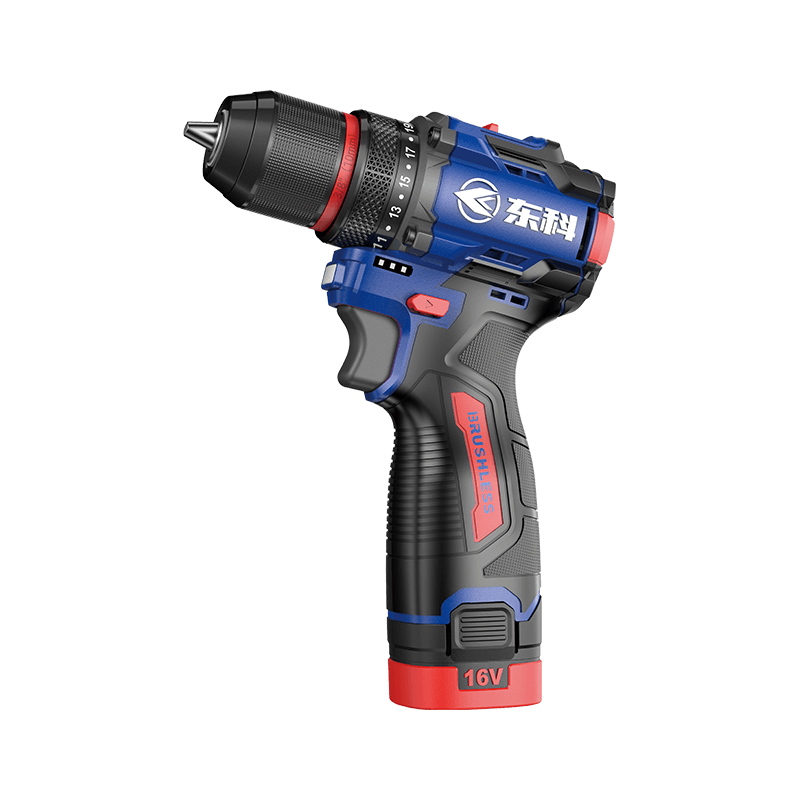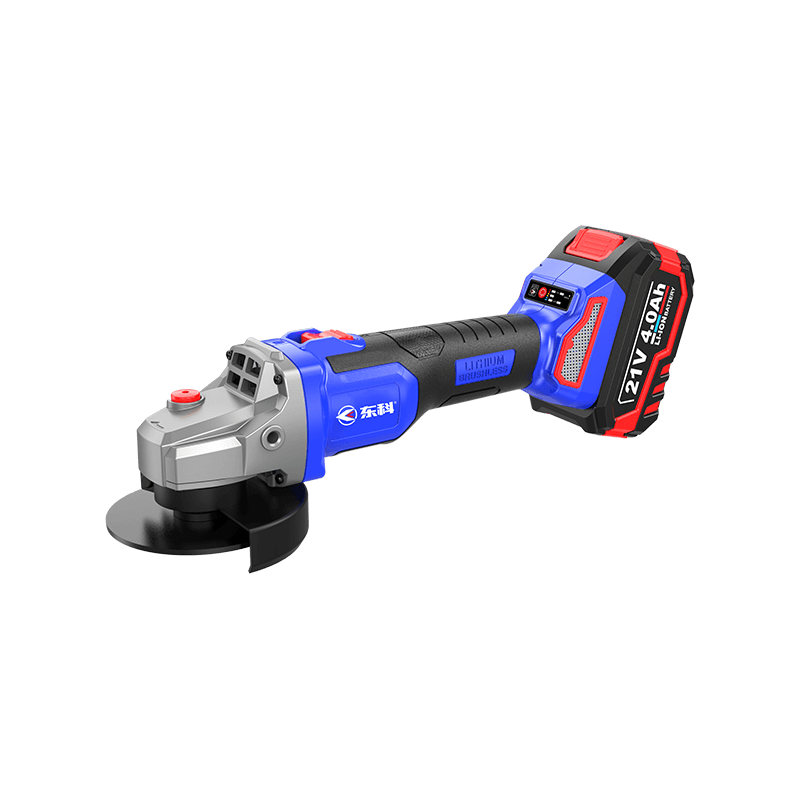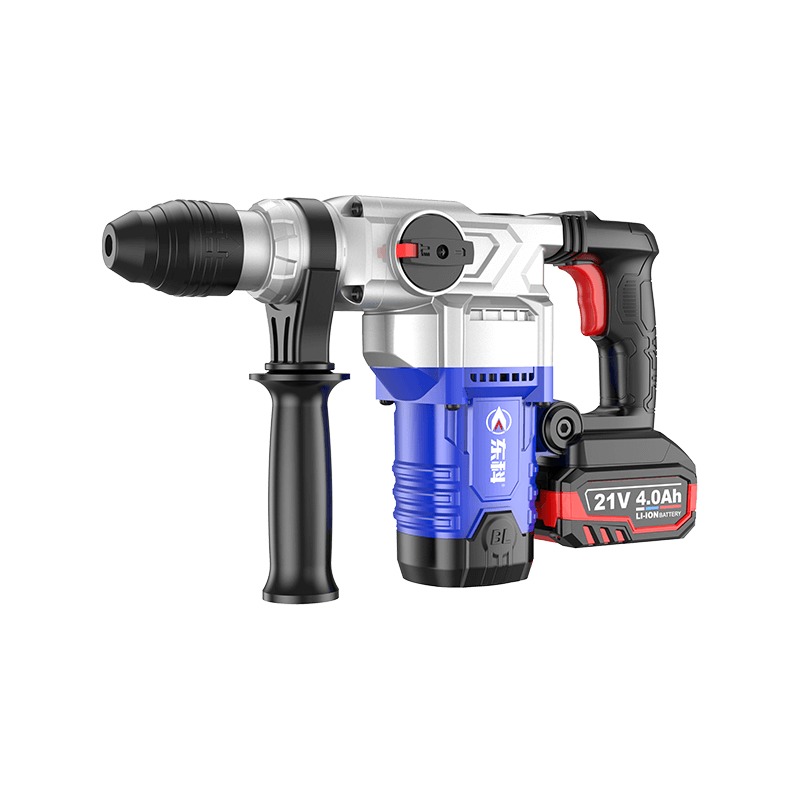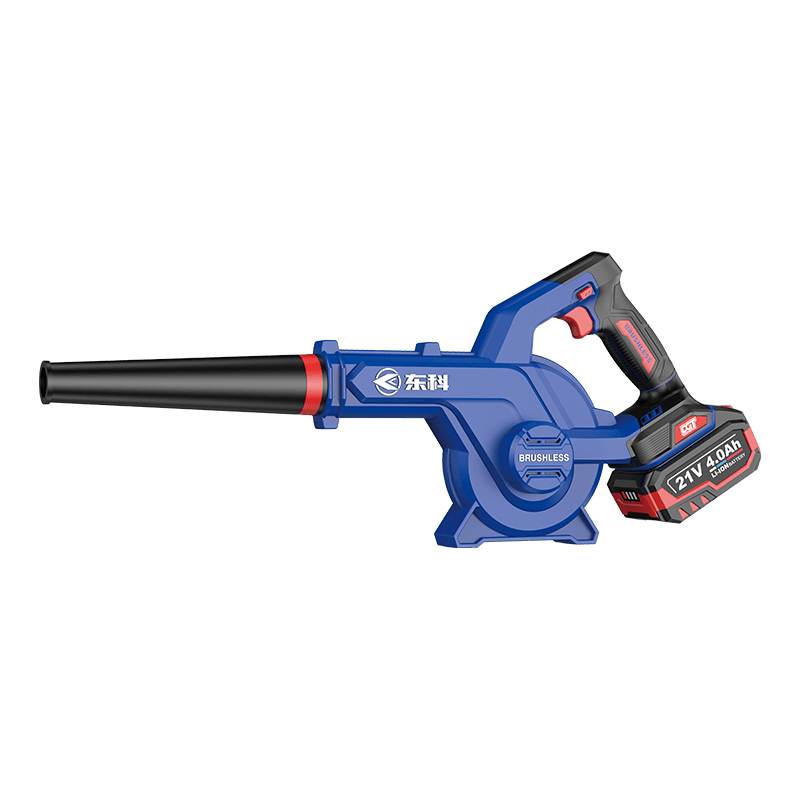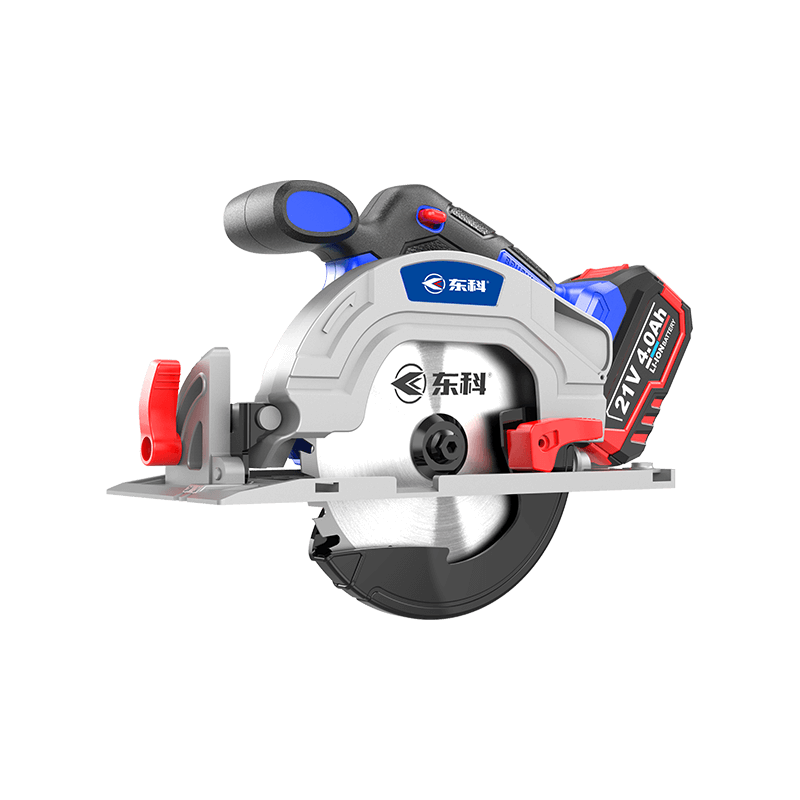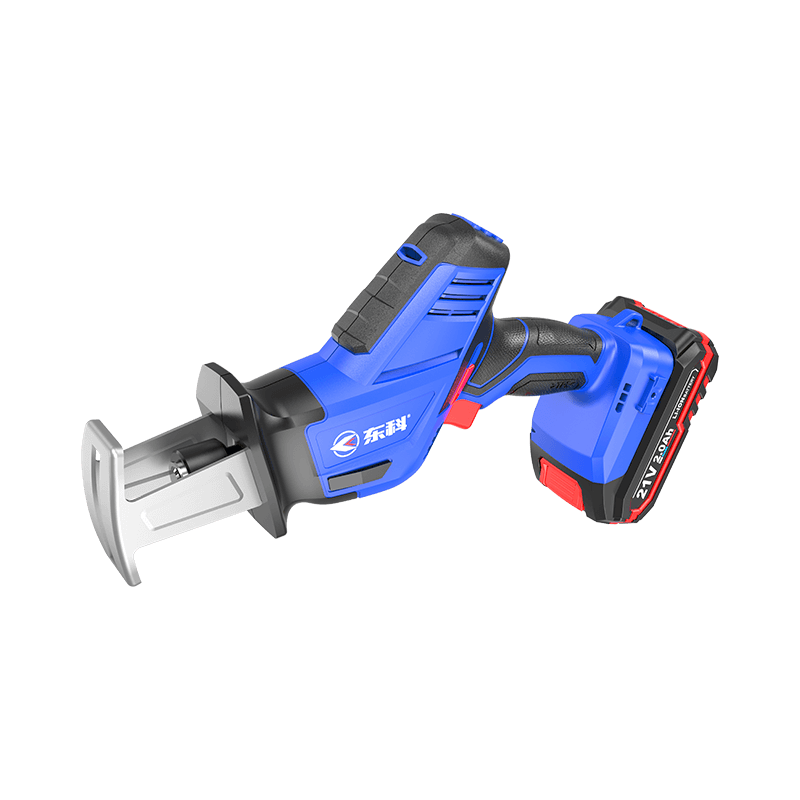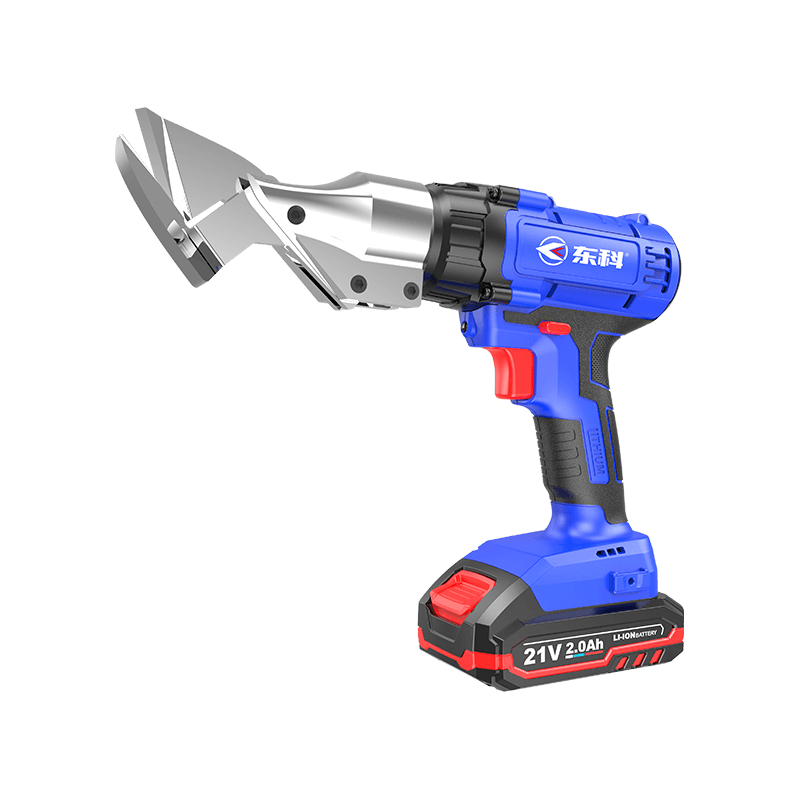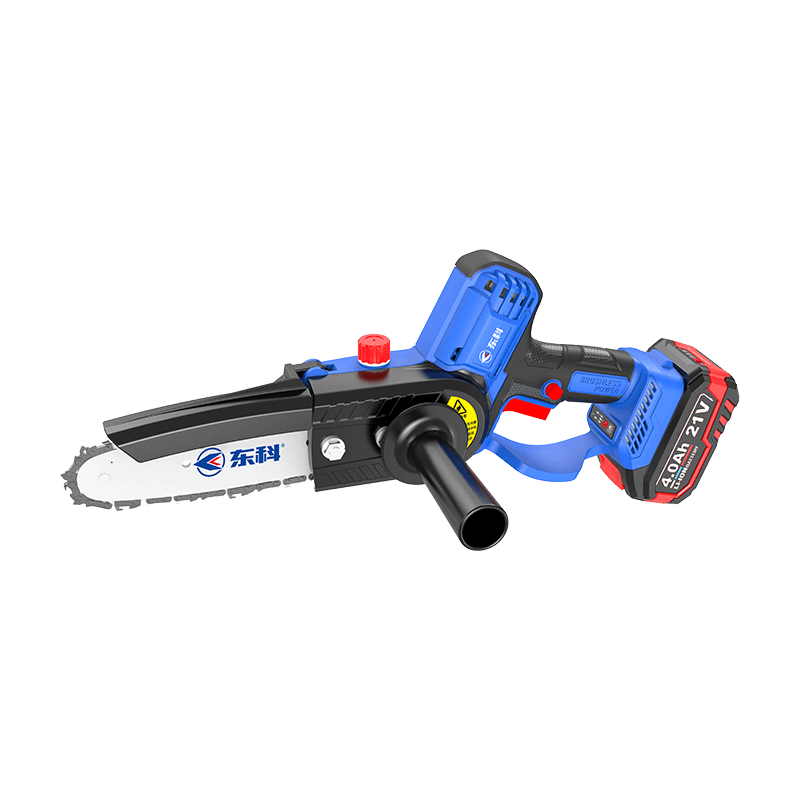How do I choose the right lithium-ion cordless circular saw to meet my work needs?
1. Clarify work needs
Cutting materials:
Different types of materials (such as wood, metal, plastic, etc.) have different requirements for the blade, power and cutting capacity of the circular saw.
Choose the appropriate circular saw model and blade according to the type of material to be cut.
Cutting thickness:
The cutting depth of the circular saw should meet the work needs.
Choose a circular saw with sufficient cutting depth to ensure that it can handle the thickness of the material to be cut.
Working environment:
Consider whether the working environment is suitable for using a lithium-ion cordless circular saw, such as whether there is sufficient power supply, whether frequent movement is required, etc.
Lithium-ion cordless circular saws are suitable for use in environments that require frequent movement or without power supply.
2. Consider circular saw performance
Power and battery life:
The power and battery life of a lithium-ion cordless circular saw directly affect its cutting capacity and working time.
Choose a circular saw with sufficient power and battery life according to work needs.
Cutting efficiency:
Cutting efficiency depends on factors such as the speed of the circular saw, blade quality and cutting depth.
Choose a circular saw with high speed, high-quality blades and appropriate cutting depth to improve cutting efficiency.
Safety:
The safety of the circular saw is a factor that cannot be ignored when choosing.
Choose a circular saw with safety protection devices (such as blade guards, trigger safety, etc.) to reduce operating risks.
3. Consider portability and comfort
Weight and size:
The weight and size of the lithium cordless circular saw affect its portability and flexibility of use.
Choose a lightweight and moderately sized circular saw for easy carrying and operation.
Ergonomic design:
Consider the ergonomic design of the circular saw, such as handle shape, grip comfort, etc.
Choose an ergonomically designed circular saw to reduce fatigue during long-term use.
-
Feedback


 English
English русский
русский Español
Español عربى
عربى 中文简体
中文简体











